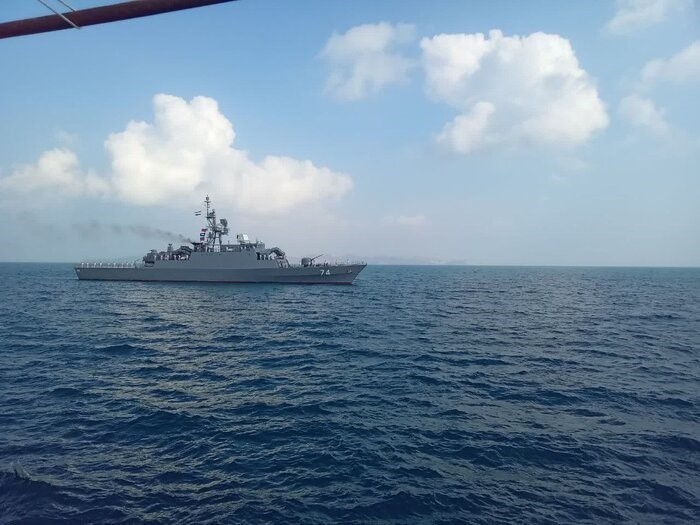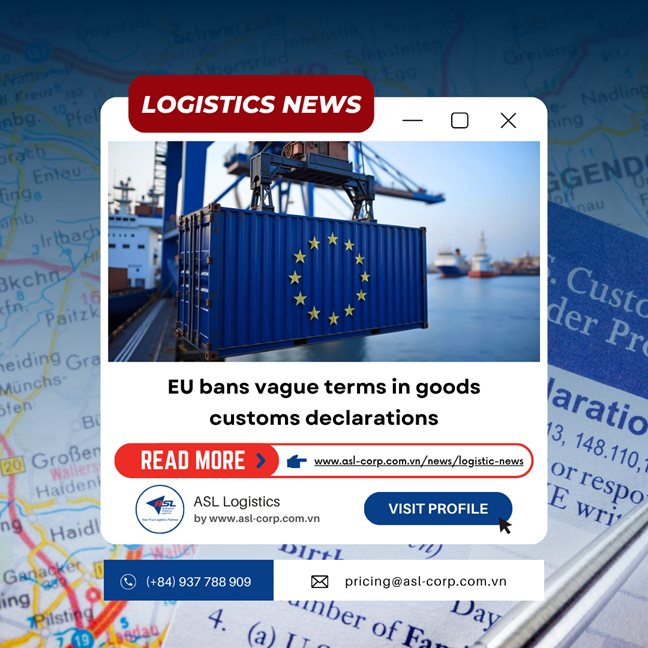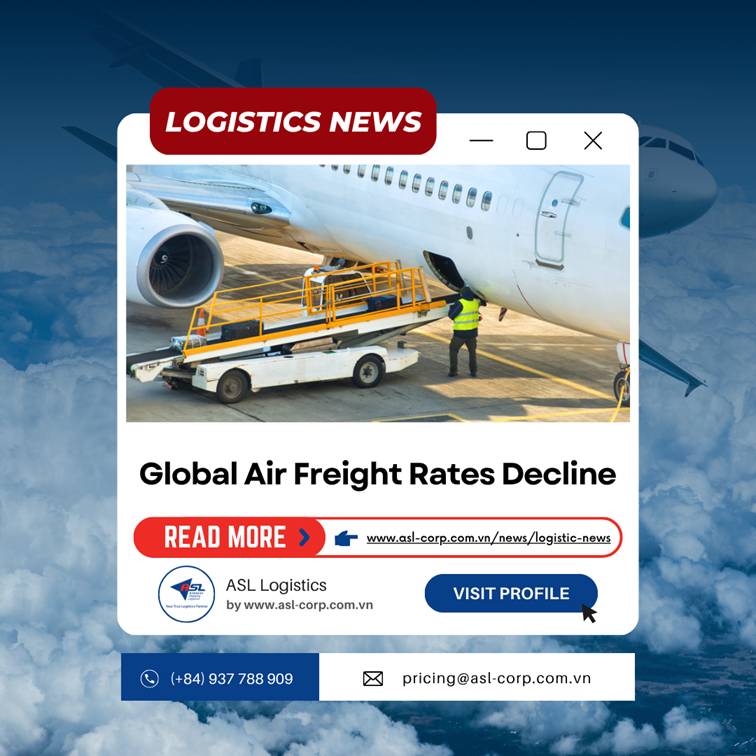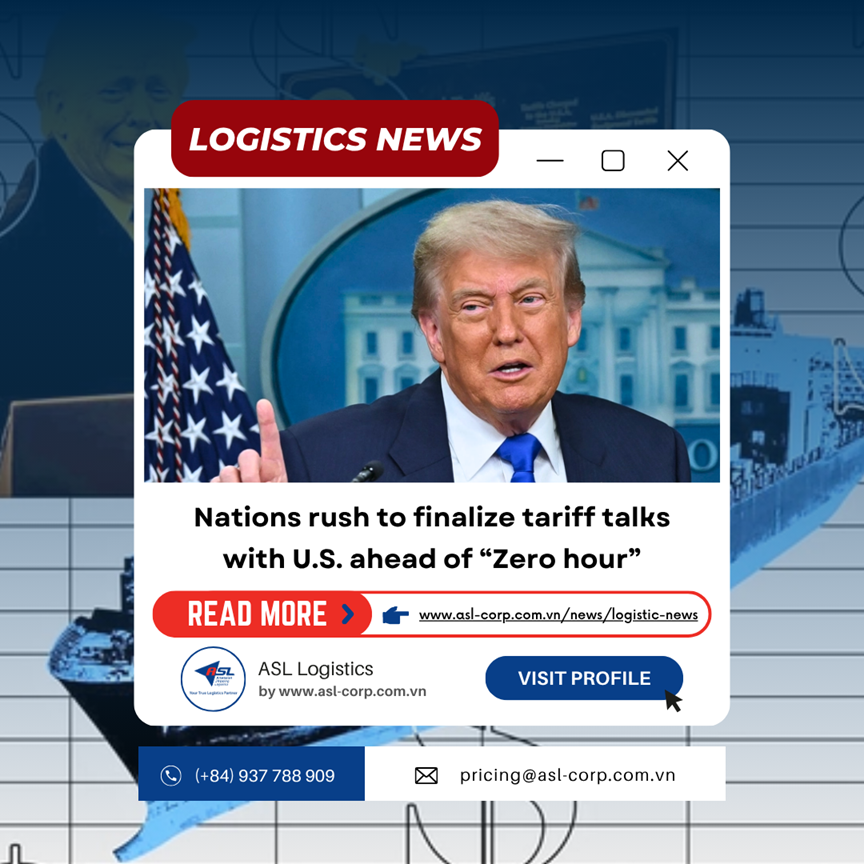Logistic News
ISRAEL-IRAN CONFLICT: HOW IMPORTANT IS THE STRAIT OF HORMUZ TO THE OIL MARKET?
17 June 2025
Just one strategic misstep in the Strait of Hormuz could be enough to shake the entire global energy market and economy.

Approximately 30% of the world's oil and 20% of its liquefied natural gas (LNG) pass through the Strait of Hormuz, making it a critical chokepoint in global energy trade. A minor disruption here could have caused far-reaching consequences. (In the photo: A warship takes part in a joint military exercise between the Islamic Revolutionary Guard Corps (IRGC) and the Omani Navy in the Strait of Hormuz). Photo: IRNA/TTXVN
Recent tensions between Israel and Iran have once again highlighted the strategic importance of the Strait of Hormuz, a vital artery for global energy supplies. According to Euronews on June 16, this narrow passageway, connecting the Persian Gulf to the Gulf of Oman and the Arabian Sea, faces potential threats that could disrupt the flow of oil and gas, thereby destabilizing the global energy market.
Hormuz: A Key Factor in the Global Oil and Gas Market
Located at its narrowest point at just over 45 kilometers wide, the Strait of Hormuz connects the Persian Gulf with the Gulf of Oman and the Arabian Sea. It has been dubbed by the U.S. Energy Information Administration (EIA) as "the world's most important oil chokepoint."
In 2023, approximately 20 million barrels per day (mb/d) of crude oil and refined products transited the Strait, accounting for nearly 30% of global seaborne oil trade, as reported by the International Energy Agency (IEA). Notably, about 70% of this oil was destined for Asia, with China, India, and Japan being the largest importers.
The LNG market is equally dependent on the Strait. Qatar, the world's second-largest LNG exporter, and the United Arab Emirates (UAE) route all their LNG exports through this passage. In the first ten months of 2023, 90 billion cubic meters (bcm) of LNG, representing 20% of global LNG trade, passed through the Strait. Approximately 80% of this LNG was delivered to Asia, while Europe received about 20%.
Unpredictable Consequences of Supply Disruption
The IEA warns that any prolonged crisis in the Strait of Hormuz would not only disrupt shipments from major Gulf producers—Saudi Arabia, UAE, Kuwait, Iraq, and Qatar—but also render much of the world's spare production capacity, concentrated in the Persian Gulf, inaccessible.
While alternative pipelines exist, their capacities are limited. The IEA estimates that only about 4.2 mb/d of crude oil can be rerouted through overland pipelines, such as Saudi Arabia's East-West Pipeline to the Red Sea and the UAE's Abu Dhabi Crude Oil Pipeline to Fujairah. This represents less than a quarter of the usual daily volume through the Strait.
For LNG, there are virtually no viable alternative routes for exports from Qatar or the UAE. Any blockade would severely tighten global supply, especially given the already sensitive LNG market.
Even the mere threat of disruption is enough to cause volatility in the energy market. Oil prices surged 13% last week following escalating tensions between Israel and Iran. Although prices cooled after reports indicated that Iran's energy infrastructure was not affected by airstrikes, the risk of escalation remains.
ft.com
Wall Street analysts have quickly assessed the potential fallout. Goldman Sachs warns that an extreme risk scenario involving a prolonged closure of the Strait could push oil prices above $100 per barrel. According to the bank's estimates, Iran currently produces about 3.6 mb/d of crude oil and 0.8 mb/d of condensate, with total maritime exports averaging 2.1 mb/d this year, mostly to China.
Warren Patterson, head of commodity strategy at ING, notes that the market has begun to price in significantly higher geopolitical risk. He suggests that any disruption to Iran's oil flows could eliminate the anticipated oil surplus in Q4 2025, potentially pushing Brent crude prices to $80 per barrel.
The most concerning scenario is a disruption in the Strait of Hormuz. "Nearly a third of global seaborne oil passes through this chokepoint. A significant disruption could push prices up to $120 per barrel, especially since most of OPEC's spare capacity is in the Persian Gulf and would be inaccessible under such conditions," Patterson warns.
Thus, the Strait of Hormuz is not merely a shipping lane but the lifeblood of global energy. While a complete closure remains unlikely, even a minor threat can shake markets and keep oil prices elevated.
As Iranian and Israeli forces continue to exchange attacks, the risk of miscalculation is ever-present. In a region where diplomacy is fragile and risks are high, a single misstep could transform a regional conflict into a global energy crisis, with unpredictable consequences for the world economy. Experts and investors are closely monitoring every development, as the future of global energy supply heavily depends on the stability of this strategic waterway.
Source: Bao tin tuc

Head Office
ASL Hồ Chí Minh
Số 31/34A Ung Văn Khiêm, Phường Thạnh Mỹ Tây, TP. Hồ Chí Minh, Việt Nam
 Công Ty Cổ Phần Giao Nhận Vận Tải Mỹ Á
Công Ty Cổ Phần Giao Nhận Vận Tải Mỹ Á
 (+84)28 3512 9759
(+84)28 3512 9759
 (+84)28 3512 9758
(+84)28 3512 9758
 pricing@asl-corp.com.vn
pricing@asl-corp.com.vn
 mdirector@asl-corp.com.vn
mdirector@asl-corp.com.vn
 www.asl-corp.com.vn
www.asl-corp.com.vn
LOGISTICS SERVICES











.png)
.png)

.png)




